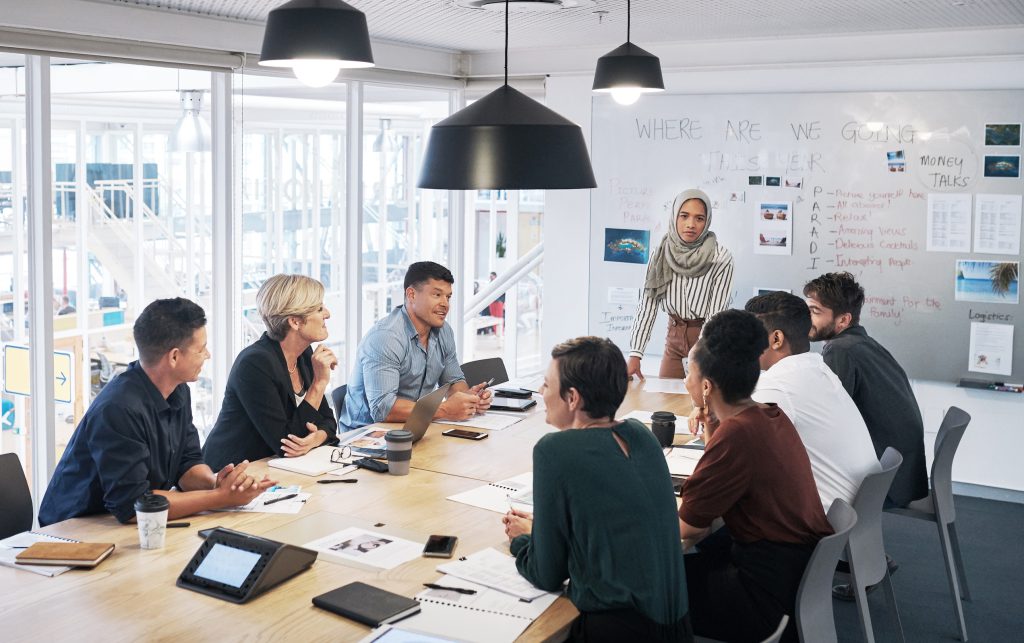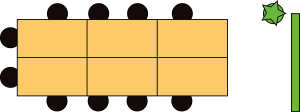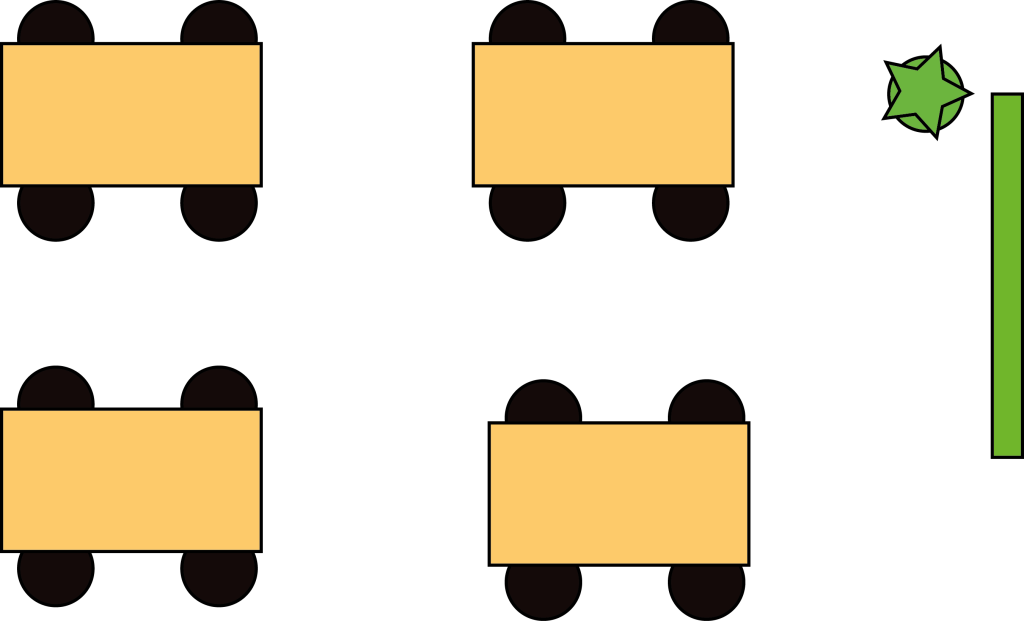Train the trainer
Our training material has been designed for you to learn these skills but also to empower you to pass the knowledge of methods and expertise on to others, who may then become trainers themselves.
This framework, known as train the trainer, is the most scalable and sustainable method and benefits as many communities as possible worldwide.
There are some important definitions introduced in the following sections.
Workshops
Our training material has been designed to be delivered in a workshop format. This is a face-to-face meeting, although it could also work online or hybrid for certain topics, where a group of people interested in the same problem engage in activities relevant to a particular subject or project. In our opinion, collaborative learning and networking are big advantages of face-to-face workshops as they allow for a community of practice to be developed.
The face-to-face approach works best as it allows for an active learning approach and collaboration by allowing people to practice skills together. Hence, we recommend having no more than 12-15 learners to allow you to support them all, and a minimum of 2 trainers.

Active learning approach
All our workshops use an active learning approach. In active learning, students are not passive in the learning process but engage in instructional activities which allow them to engage in higher-order thinking tasks such as analysis, synthesis, and evaluation (Bonwell, 1991).
As such, our training material incorporates short lesson-related individual or small-group activities that you can ask students to do, alternating with instructor-led intervals in which student responses are processed and new information is presented.
Lessons
We follow a Carpentries-style lesson format. The Carpentries is a global community teaching foundational computational and data science skills to researchers in academia, industry and government. They have a well-established model for delivering training, and although we do not currently offer our training within this organisation, we do make use of the Open Source Lessons tools as it allows us to create resources which are collaborative and can be built upon by yourself and others using open source tools.
In Carpentries style, a Lesson is a learning activity which is made up of self-contained units (called Episodes) that contribute to the larger session. The typical length of an episode is about 20-60 minutes of content (teaching + exercises).
Thus, to help you design a workshop, the lesson provides you with information on how long it takes. You can then decide to organise a workshop in a morning, afternoon or evening session which covers one Lesson, or put together a two or three-day workshop which includes various Lessons. Allowing more time gives learners the time to process what they have learned before and also helps build the community of practice.
For more information on Carpentries design: https://carpentries.github.io/lesson-development-training
Space for learning
As a workshop trainer and facilitator, remember you are not a traditional teacher but someone who is there to pass on knowledge. You might feel you don’t have all the knowledge to answer all possible questions from participants as you are also on a learning journey. However, the workshop will bring a variety of expertise and knowledge from participants, and, hence, stating the collaborative nature of learning is important. Teamwork and open discussion help participants to share their knowledge and address any shortcomings in their knowledge.
Active learning allows for this collaborative learning, and, hence, we suggest you look for spaces which suit this modality for learning. Avoid having a “theatre” style seat arrangement, where all students face the teacher. Favour instead, layouts that allow people to face each other as a large group or in smaller groups as shown below.



These seating arrangements will create a more equal environment for everyone to learn together. With this in mind, resist the urge to talk too much. Instead, allow time for people to participate, ask questions and share their points of view.
Similarly, when you ask questions and none of the participants replies immediately, don’t panic. Reflective silence is an important aspect of learning as it allows participants to process and apply what they have heard to their own situations and needs.
Preparing the space for learning
Depending on the knowledge you cover, you will need to consider all the advice described in the setup. The best practice is to have a space which allows for:
- Shared learning with a front screen or projector.
- Practising skills either by sitting in groups or having access to equipment.
- Social space for breaks.
This might be hard to find, but you can improvise using the same space for
learning and practical work and have an adjacent room/cafeteria for social space.
Suggested structure for a workshop
Every lesson has a suggested structure with timings. Please look at these as advice on how long it will take to cover some content. This is based on our estimates, but we are aware time might vary depending on how much prior expertise and how many people are in the workshop.
For feedback and improvements to this advice, please contact: info@culturedigitalskills.org
Bonwell, Charles C.; Eison, James A. (1991) Active Learning: Creating Excitement in the Classroom. 1991 ASHE-ERIC Higher Education Reports. ERIC Publications
Learning Objectives and Assessments
Our lessons cover a wide variety of knowledge, from basic concepts to advanced practical challenges. Where possible, we specify the Learning Objectives for each lesson. Learning Objectives describe what students should be able to do after participating in the lesson. They can include works such as: “After the lesson, the learner will be able to explain, remember, do, analyse, etc.”
Learning Objectives support designing activities and assessments. An assessment can support you in determining whether a learner has achieved these objectives. You could also provide a certificate of attendance stating the centre who provided the training and the lessons people have attended.
